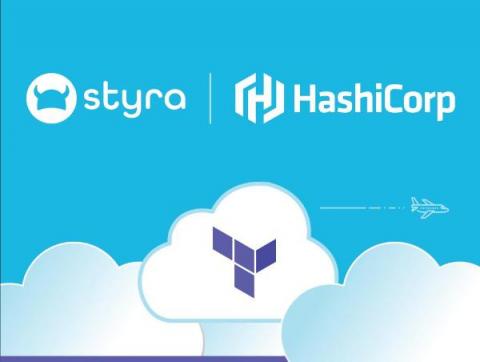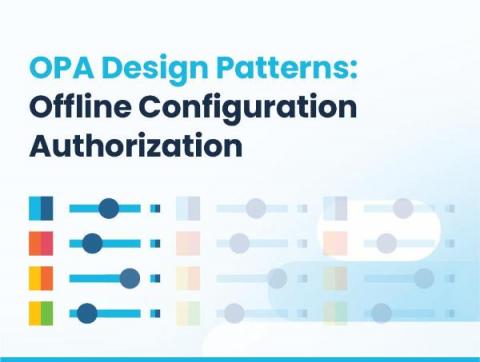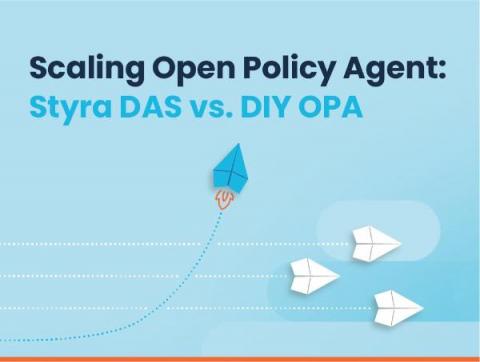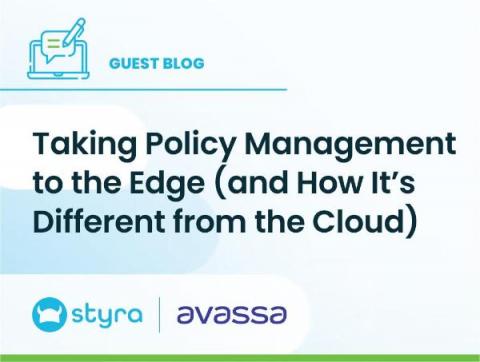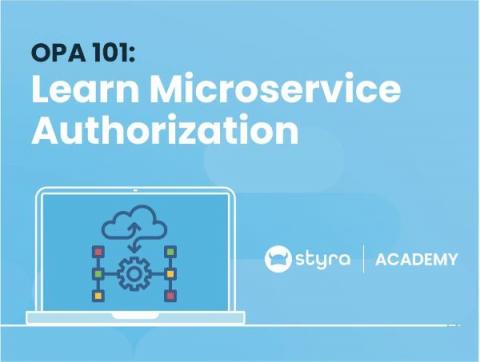Learn OPA Performance on Styra Academy
Styra Academy, our online training portal for free courses on OPA, Rego and Styra Declarative Authorization Service (DA), has a new course available: OPA Performance. The primary purpose for OPA within applications is, of course, fine-grained authorization — that is, who can do what and what can do what. Each user request typically requires one or more authorization decisions to be made.



